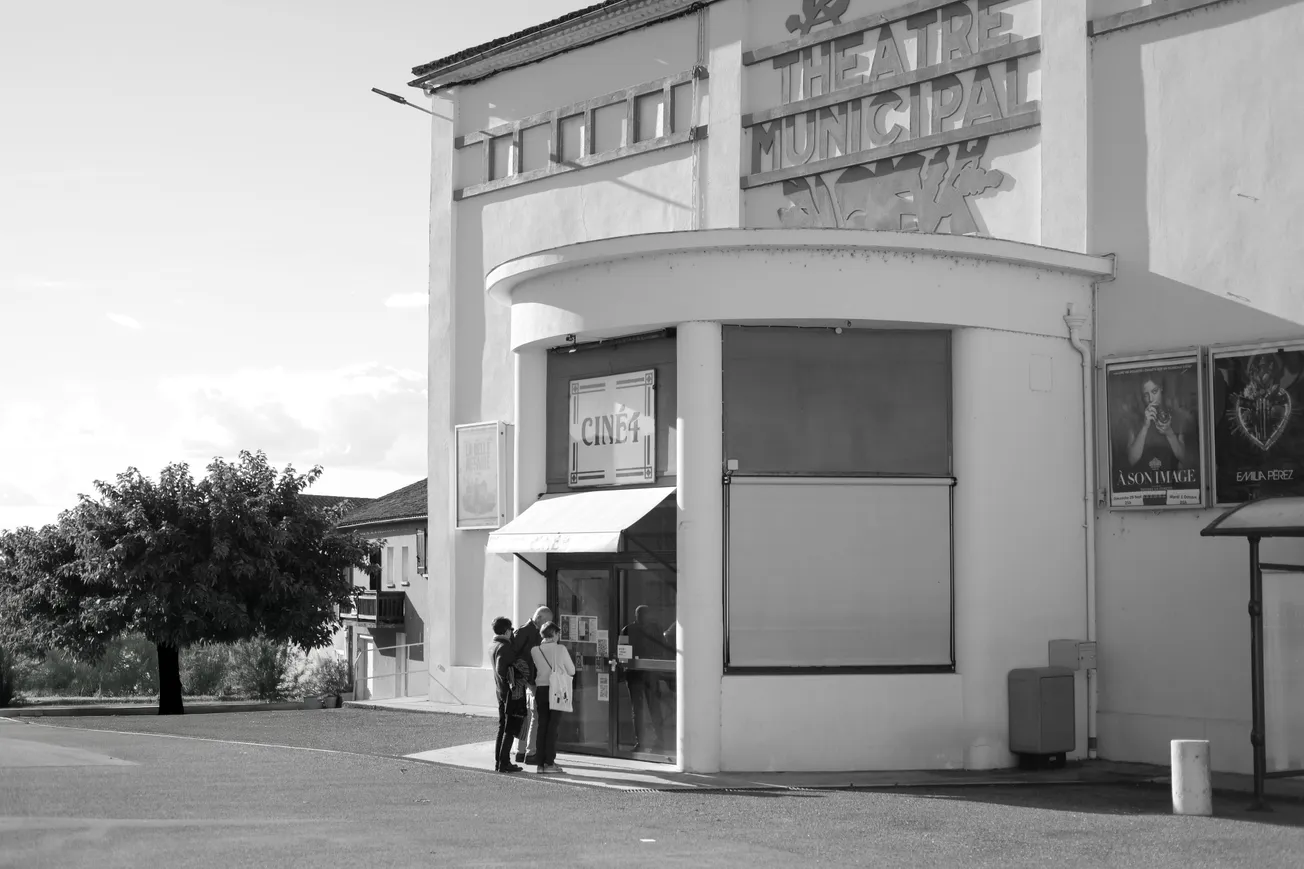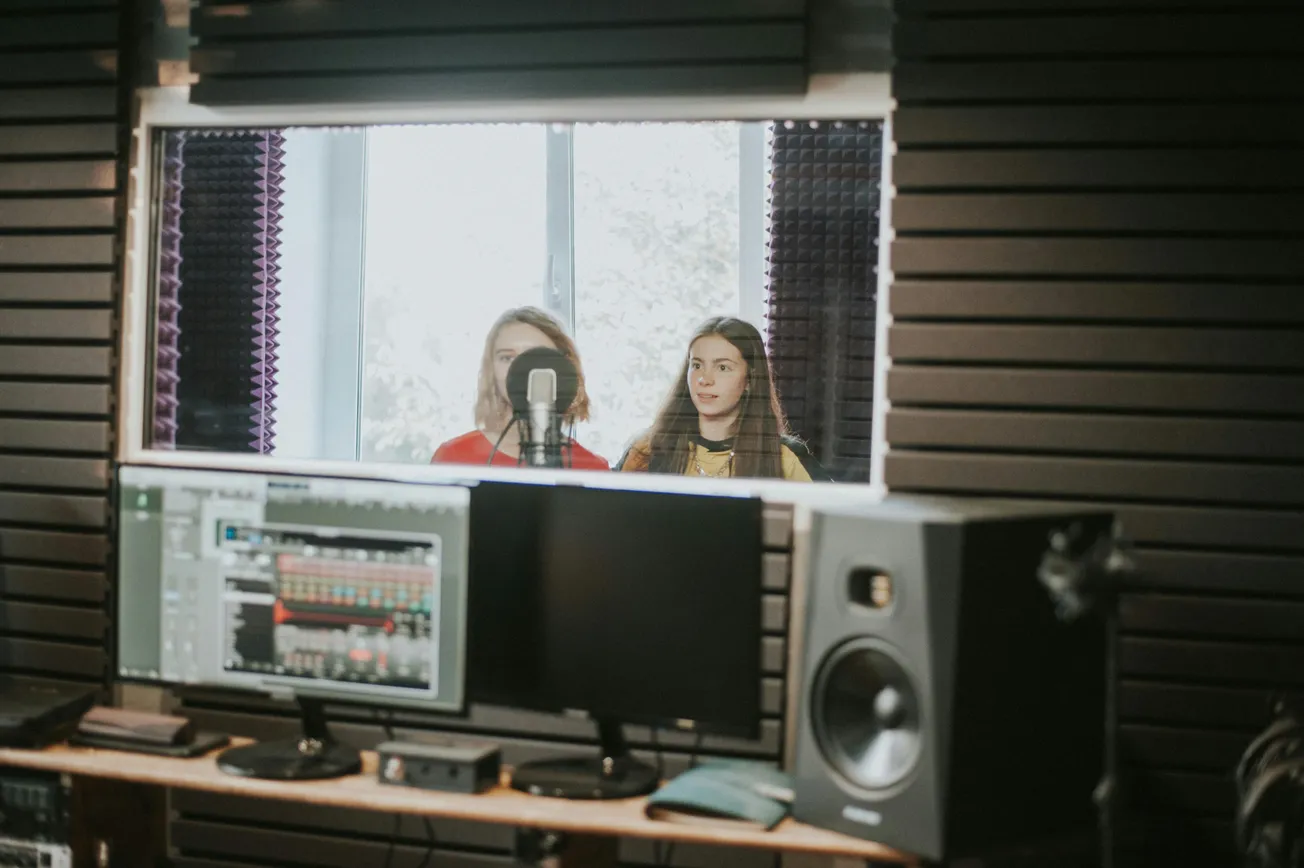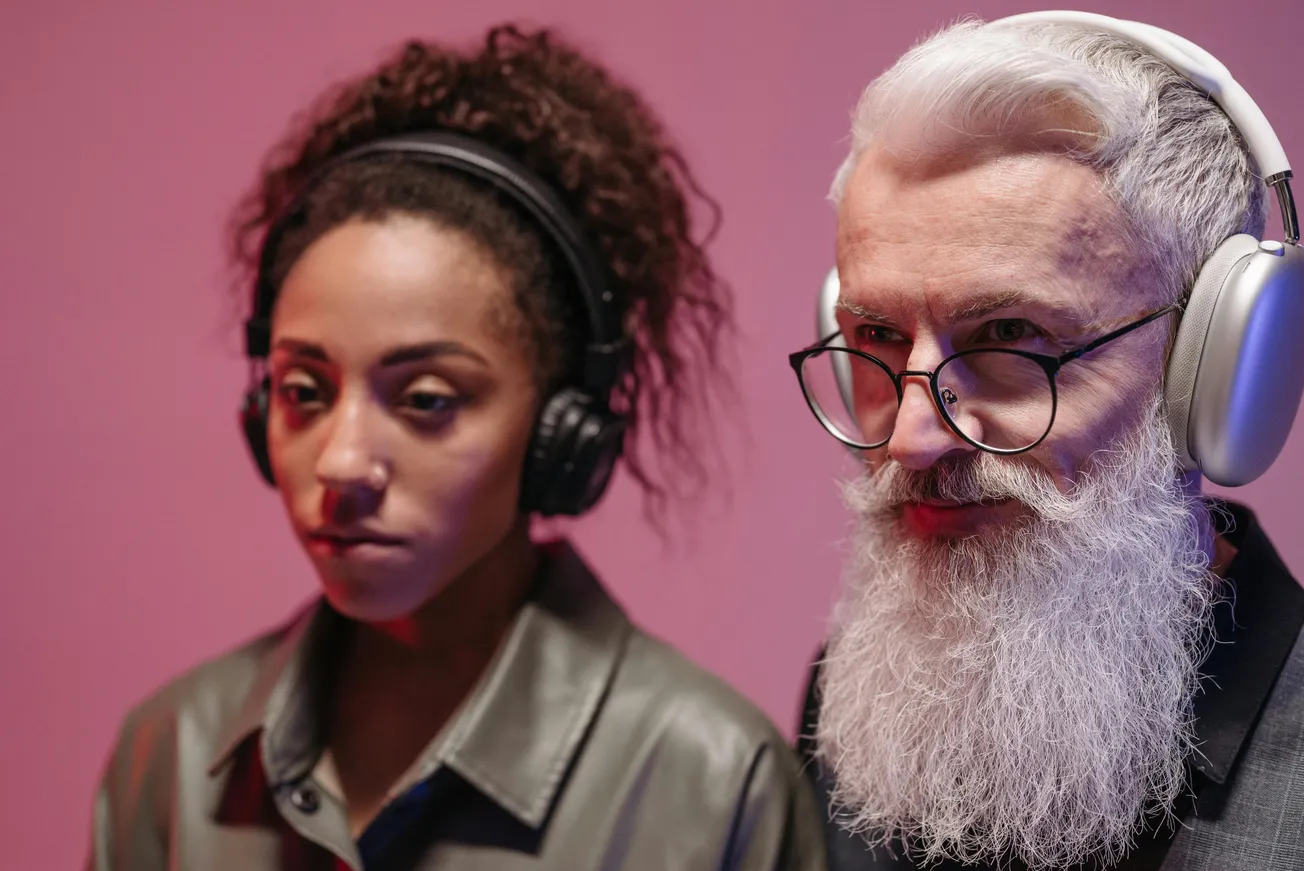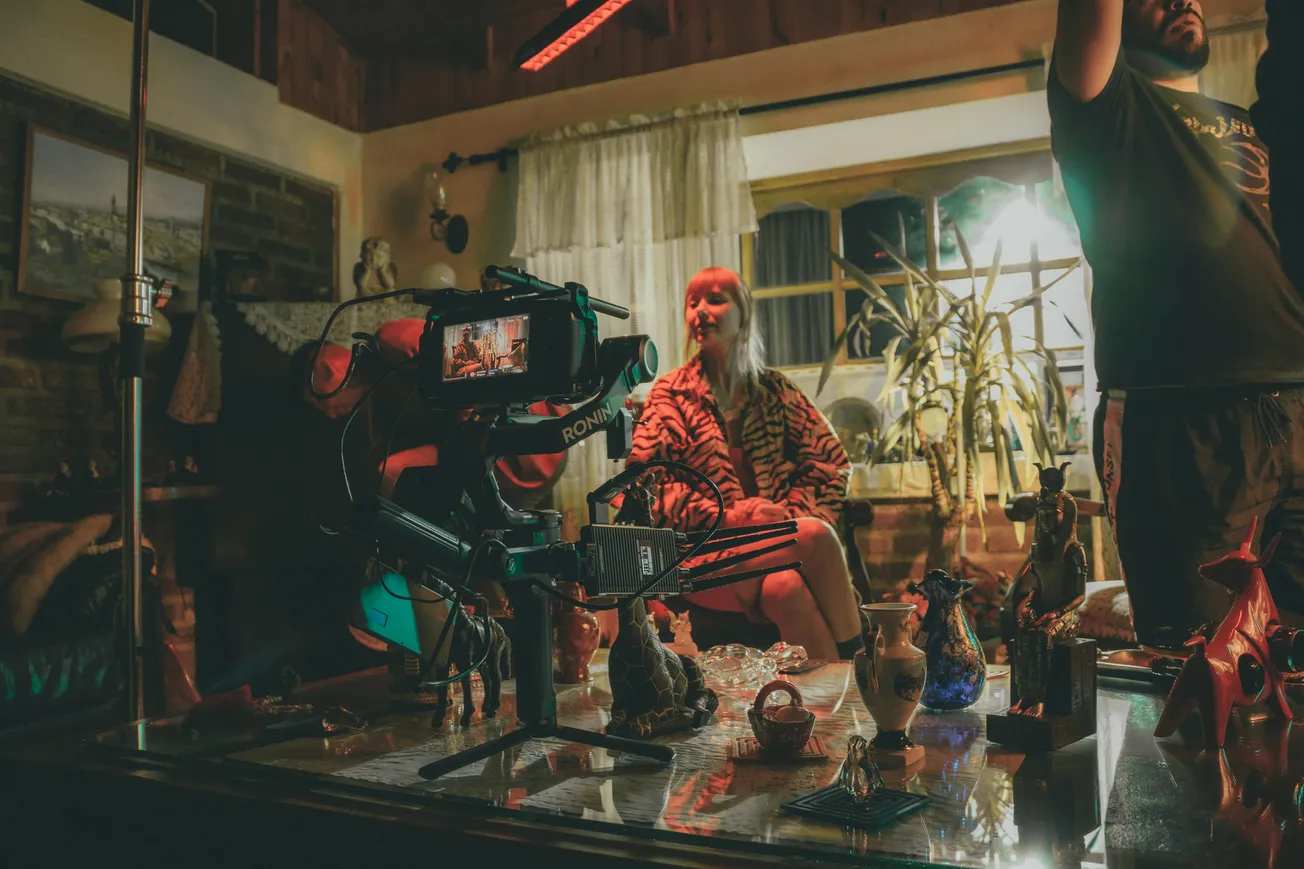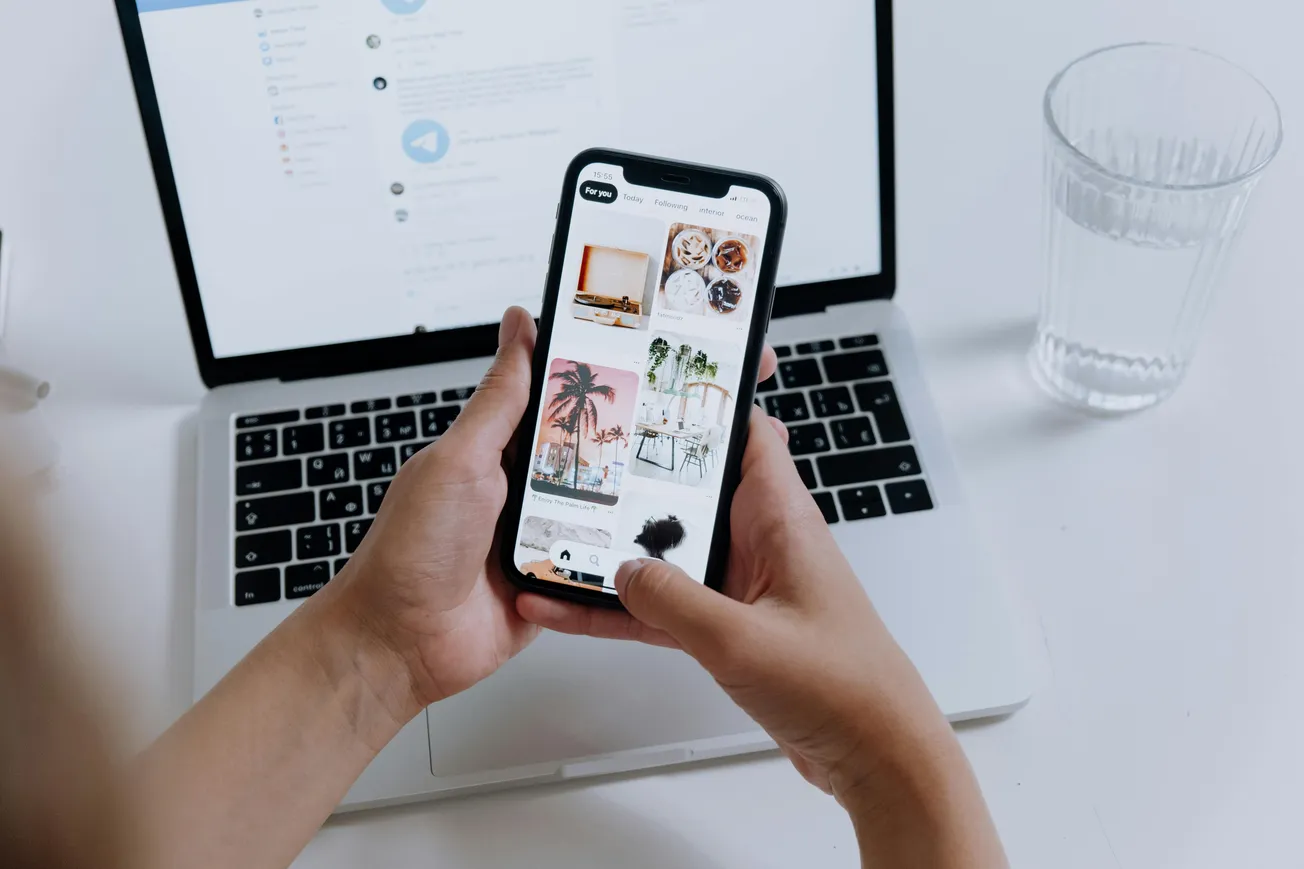Imagine sitting in a dark movie theatre, popcorn in hand, and instead of the usual film trailer you hear the voice of a character from a scripted podcast. That’s exactly what the sci‑fi audio drama SOLAR did when it ran promotional spots in all locations of Maya Cinemas.
For creators, marketers and content teams, this move signals a new frontier in how podcasts can break out of headphones and into shared physical spaces.
What the campaign involved
From September 12 to September 25, all Maya Cinemas locations screened one of two trailers for SOLAR before films began. In the lobbies, the theatres also displayed posters featuring a QR code directing movie‑goers to the podcast’s landing page.
This approach uses a traditionally “visual, big‑screen” medium to promote an audio product — flipping the typical script and offering an immersive way to meet new listeners.
Why this is meaningful for podcasters & content creators
1. Breaking the headphone bubble
Podcast marketing often lives online — social posts, in‑show mentions or cross‑promos. Putting trailers in cinemas expands the channel into a real‑world environment where listeners are already primed for content. According to the release, “Podcasting will grow more if we market it more.”
For a business, that means if you’re creating audio or video content, think beyond feeds and devices — physically meeting your audience where they are.
2. High production value and premium placement
SOLAR isn’t a casual talk‑show podcast. It’s a full‑on audio drama starring film and stage actors such as Helen Hunt and Alan Cumming.
The campaign’s setting — cinema trailers and lobby visuals — matches that premium experience. For creators: if you have a strong production and story, then higher‑visibility promotion can align with that brand.
3. Multi‑platform storytelling & brand extension
The strategy ties together audio (the podcast), visual (trailers/posters) and physical (the theatre environment). For businesses and educators it suggests a model: your storytelling can span formats — not just the “podcast episode” but visuals, live moments, QR‑driven web experiences.
In practice, you could repurpose an audio interview into a short video, screen it in a venue or at an event, and drive listeners back to your main audio platform.
Practical takeaways for your own efforts
- Think cross‑channel. Don’t limit your audio or video product to digital spaces. Could you show an excerpt at a live event, conference, library, or cinema?
- Use QR codes or short links. SOLAR’s lobby posters used QR codes to immediately convert interest into listening.
- Match the promotion to production quality. A high‑value audio drama justifies “big screen” marketing. If you’re producing simpler content (e.g., educational podcast), you might still use local venues, but match the scale to your audience.
- Leverage ambient attention. Movie‑goers are already focused; you’re inserting your message into a setting where people are receptive. Find analogous spaces for your audience.
- Measure and iterate. If you try something similar, track how many podcast listens, website visits or QR engagements occurred. Use that data to refine where to invest.
If this trend evolves, audio and video producers may find themselves negotiating not just with streaming platforms—but with cinema chains, live venues or public spaces. For business creators, the key takeaway is flexibility: prepare your content not just for listeners at home, but for audiences in rooms.


